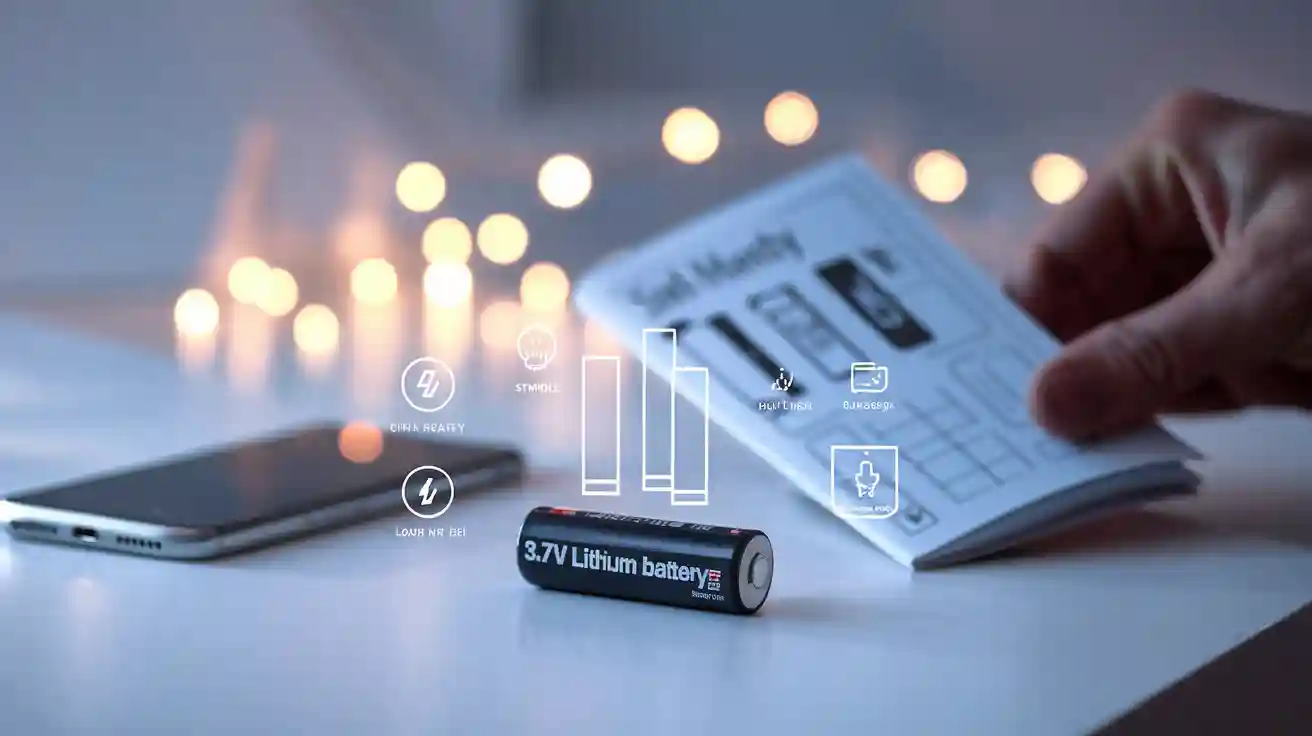
You use a 3.7v battery almost every day, often without noticing. When you check your phone, power your headphones, or snap a photo with your camera, 3.7v lithium batteries make these actions possible. Over the past decade, the use of 3.7v lithium batteries has grown quickly in many applications, from consumer electronics to IoT and smart devices. You need to know the key features and safe usage of 3.7v batteries, as these small power sources play a big role in your daily technology experience.
What is a 3.7v lithium battery?
Basic Structure
You find 3.7v lithium batteries in many of your favorite devices. These batteries use advanced lithium-ion technology to store and deliver energy. Inside a 3.7v battery, you see several important parts:
| Battery Component | Typical Materials | Назначение |
|---|---|---|
| Anode | Графит | Stores lithium ions during charging |
| Cathode | NMC, NCA, LiCoO₂ | Releases lithium ions during use |
| Электролит | Lithium salt in organic solvent | Moves ions between anode and cathode |
| Сепаратор | Polyethylene or polypropylene | Prevents short circuits |
| Packaging | Flexible, lightweight materials | Protects internal parts |
Сайт anode and cathode materials decide the voltage and energy of the 3.7v battery. The separator keeps the battery safe by stopping the electrodes from touching. The electrolyte helps lithium ions move back and forth, which powers your device. Many 3.7v lithium batteries use a spiral-wound design for better performance and safety. Some batteries, like the литий-полимерная батарея, use a gel-like electrolyte and flexible packaging. This makes them lighter and easier to fit into slim devices.
Совет: The lithium polymer battery is popular in smartphones and wearables because it can be shaped to fit almost any device.
Напряжение и мощность
You often see 3.7v on battery labels, but what does it mean? The 3.7v number is the nominal voltage, which is the average voltage during use. When you fully charge a 3.7v battery, the voltage reaches 4.2V. You should not let the voltage drop below 3.0V, or the battery may get damaged. Most 3.7v lithium batteries have built-in protection circuits to stop overcharging and deep discharge.
| Номинальное напряжение | Maximum Charge Voltage | Minimum Safe Voltage | Typical Capacity Range |
|---|---|---|---|
| 3.7V | 4.2V | 3.0V | 500mAh – 5000+mAh |
You find 3.7v batteries in many shapes and sizes. The most common are cylindrical cells like 18650, 21700, and 26650. The 18650 cell is about 18mm wide and 65mm long. It usually holds 1300mAh to 3500mAh. The 21700 and 26650 cells offer even more capacity. The lithium polymer battery comes in many shapes and sizes, making it perfect for thin devices.
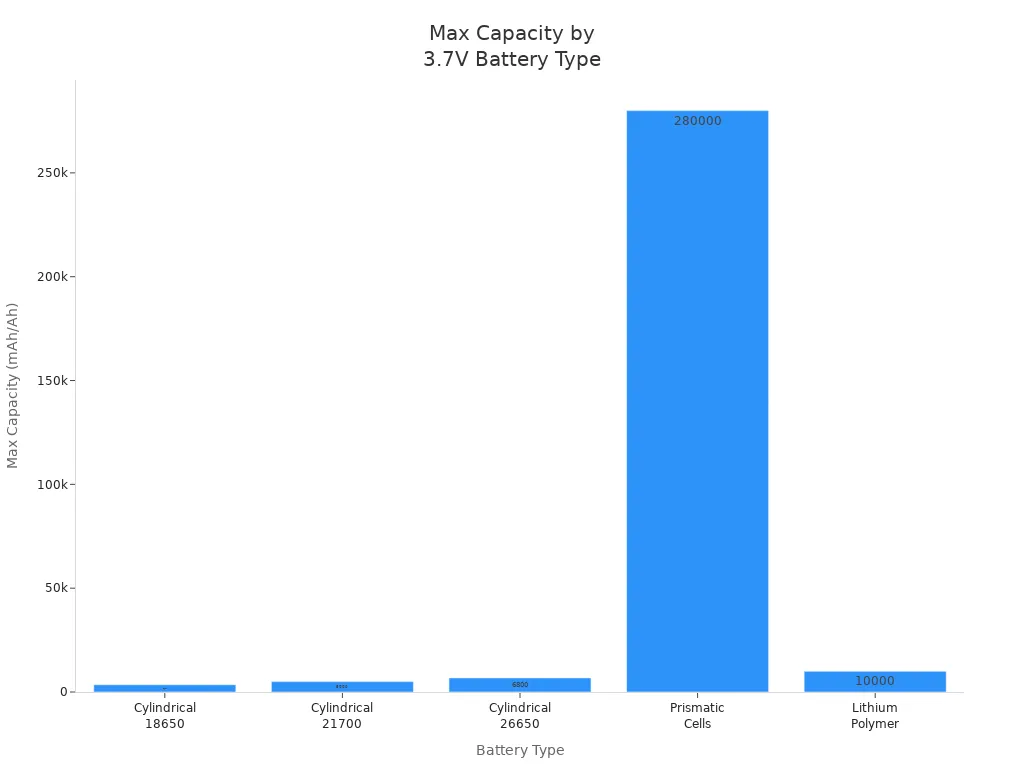
You use 3.7v lithium batteries in small gadgets like Bluetooth earphones, fitness trackers, and remotes. Larger 3.7v batteries power tablets, laptops, and even drones. The battery specifications, such as voltage and capacity, help you choose the right battery for your device. Always check the battery specifications before replacing or upgrading your 3.7v battery.
Примечание: The lithium polymer battery is a type of 3.7v battery that offers flexible shapes and sizes, making it ideal for modern electronics.
Основные характеристики
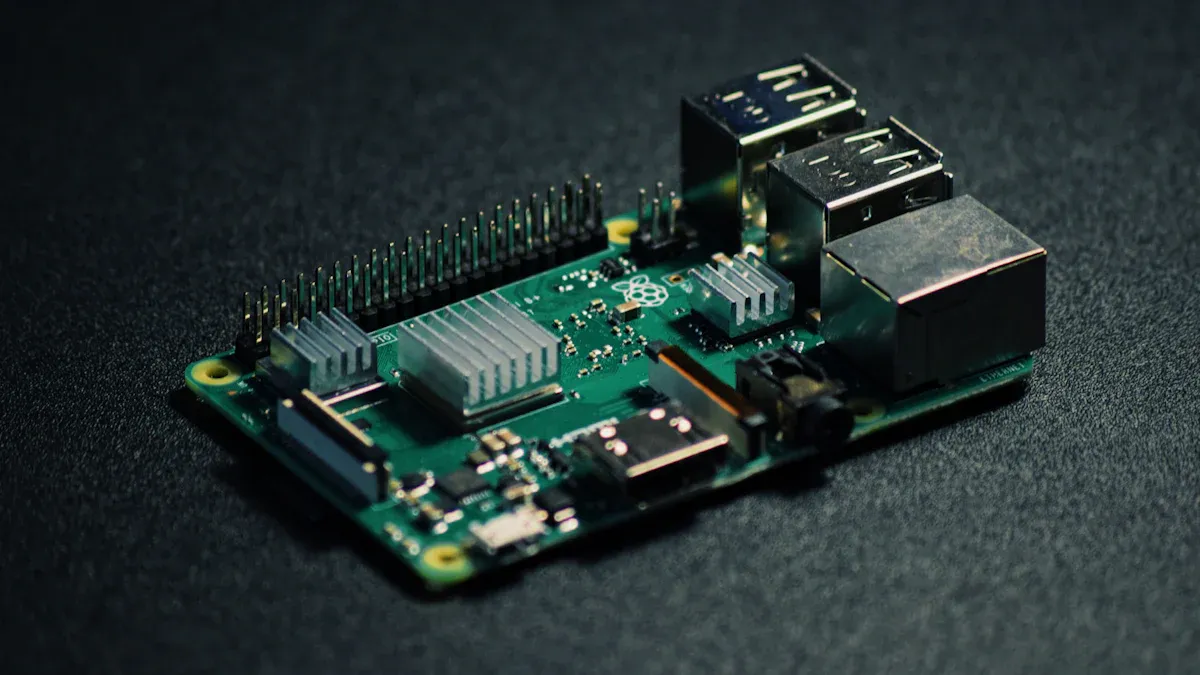
Высокая плотность энергии
You rely on 3.7v lithium batteries because they offer high energy density. This means you get more power in a smaller and lighter package. For example, standard lithium-ion batteries provide a specific energy between 150 and 250 Wh/kg and an energy density from 300 to 700 Wh/L. Lithium-polymer batteries, another type of 3.7v battery, offer an energy density of 200 to 400 Wh/L. These numbers show why 3.7v batteries work so well in portable electronics. You can use your phone, tablet, or camera for hours without carrying a heavy device. High energy density lets you enjoy slim, lightweight gadgets that last longer between charges.
High energy density means you can fit more power into your favorite devices without making them bulky.
Long Cycle Life
You want your 3.7v battery to last a long time. Most 3.7v lithium batteries have a long cycle life, often reaching up to 4,000 charge and discharge cycles with proper care. This long cycle life means you can recharge your device many times before the battery wears out. You save money and reduce waste because you do not need to replace batteries often. A long cycle life also makes your devices more reliable for daily use.
Stable Voltage
A 3.7v battery gives you a stable discharge voltage during use. This stable voltage helps your device run smoothly and prevents sudden shutdowns. Voltage stability also helps your device estimate how much charge remains, so you know when to recharge. Battery management systems use voltage data to keep your 3.7v battery safe and reliable. Stable voltage protects your device from damage and helps extend battery life.
| Аспект | Impact of Voltage Stability on Device Performance |
|---|---|
| Производительность | Higher voltage increases output power and energy storage capacity, enabling longer device runtime. Voltage consistency in battery packs ensures full capacity utilization and prevents reduced energy efficiency due to cell imbalance. |
| Безопасность | Voltage fluctuations or operating outside recommended voltage ranges can cause overheating and thermal runaway, posing fire risks. Stable voltage reduces safety hazards by preventing overcharging and over-discharging. Battery Management Systems (BMS) monitor and regulate voltage to maintain safe operation. |
| Battery Life | Prolonged operation at high voltage accelerates battery aging, shortening cycle life. Voltage imbalance among cells leads to uneven charge/discharge cycles, reducing overall battery lifespan. Maintaining proper voltage levels extends battery longevity. |
| Device Compatibility | Devices require batteries with voltage matching their design specifications to avoid inefficient performance or damage. Using batteries with incompatible voltage can cause shorter operational time or device malfunction. |
Lightweight Design
You notice that 3.7v batteries feel light in your hand. The легкая конструкция comes from their high energy density and advanced materials. You can carry your phone, smartwatch, or wireless earbuds all day without feeling weighed down. Lightweight batteries make it possible to design slim, portable devices that fit in your pocket or bag. You also benefit from a low self-discharge rate, which means your 3.7v battery holds its charge longer when not in use. This feature keeps your devices ready whenever you need them. The low self-discharge rate and lightweight design make 3.7v batteries reliable for travel, work, and play.
You depend on 3.7v batteries for their reliable performance, high energy density, and lightweight design. These features help you enjoy modern technology every day.
3.7v battery applications
You see 3.7v batteries in many devices you use every day. These batteries power a wide range of applications because they are lightweight, rechargeable, and reliable. Let’s look at some of the most common applications for a 3.7v battery.
Бытовая электроника
You rely on 3.7v batteries in your favorite gadgets. These batteries keep your phone, tablet, and laptop running for hours. Many smart accessories, such as smartwatches, wireless earbuds, and action cameras, use a 3.7v battery pack for long-lasting power. You also find 3.7v batteries in cordless power tools, portable vacuums, and even some home appliances. Here are some common applications:
- Smartphones and tablets
- Laptops and portable computers
- Smartwatches and fitness trackers
- Wireless headphones and earbuds
- Digital cameras and GoPro devices
- Cordless power tools and home gadgets
The capacity of a 3.7v battery in these devices usually ranges from 500mAh to 2000mAh, depending on the device’s size and power needs.
Electric Vehicles & E-Bikes
You see 3.7v batteries in electric vehicles and e-bikes. These applications need much higher capacity batteries to deliver strong power and longer range. A 3.7v battery in an e-bike or scooter often has a capacity between 2000mAh and 10000mAh or more. This high capacity lets you ride farther and use your vehicle for longer periods. The 3.7v battery applications in this area focus on energy density, safety, and long cycle life.
| Capacity Range (mAh) | Типовые применения | Design Focus |
|---|---|---|
| 2000 – 10000+ | E-bikes, scooters, EVs | High capacity, long range, safety |
IoT & Wearables
You use 3.7v batteries in small, smart devices that connect to the internet. These applications include fitness trackers, smartwatches, and IoT sensors. A 3.7v battery in these devices usually has a capacity between 100mAh and 500mAh. The small size and light weight make 3.7v batteries perfect for wearables and IoT gadgets. You get steady power, long battery life, and easy charging. Many 3.7v battery applications in this field use lithium polymer cells for flexibility and safety.
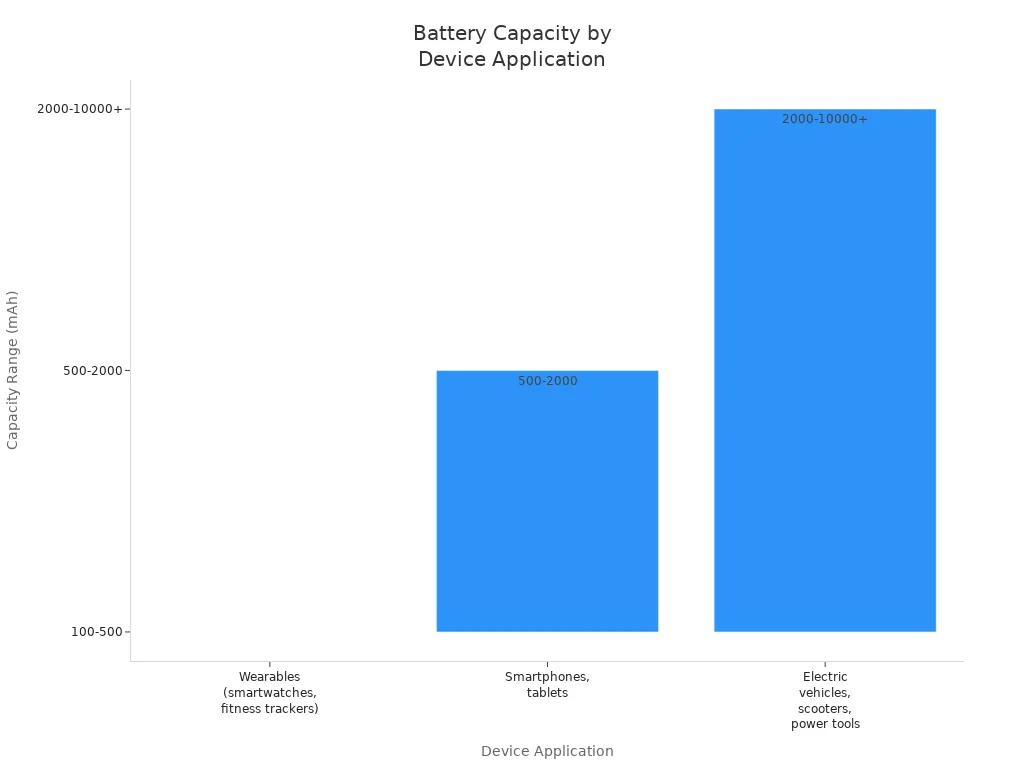
Tip: A 3.7v battery in a fitness tracker or smartwatch keeps your device running all day without adding extra weight.
Drones & RC Toys
You find 3.7v batteries in drones and remote-control toys. These applications need batteries that are both lightweight and powerful. A 3.7v battery in a drone or RC toy usually has a capacity from 500mAh to 2200mAh. This range gives you enough power for longer playtime and stable flight. The compact size of a 3.7v battery makes it easy to fit into small toys and flying gadgets.
| Typical Capacity (mAh) | Approximate Dimensions (mm) |
|---|---|
| 500 | 30 x 20 x 5 |
| 1000 | 35 x 25 x 10 |
| 2200 | 60 x 34 x 10 |
You see 3.7v battery applications in many areas of your life. These batteries power your devices, vehicles, and toys, making technology more portable and convenient. When you choose a 3.7v battery, always check the capacity and size to match your device’s needs. The wide range of applications shows why the 3.7v battery is so important in modern technology.
Safe Usage of 3.7v lithium-ion battery
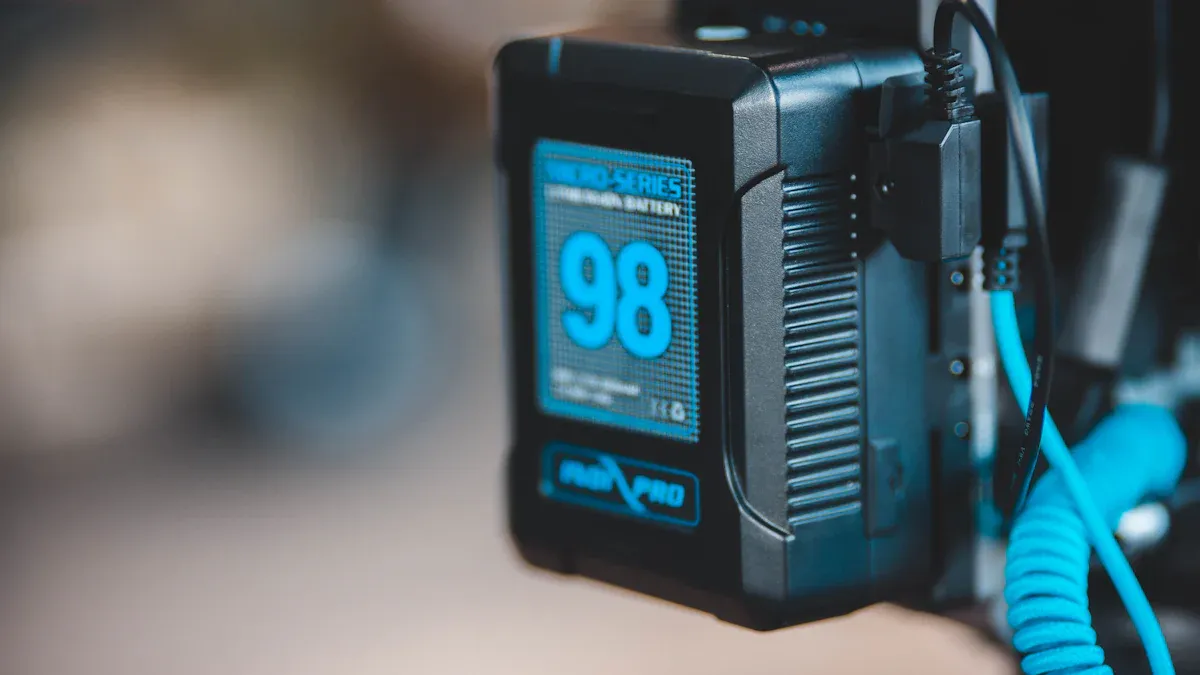
You use a 3.7v lithium-ion battery in many devices, so you need to follow best practices to keep yourself and your gadgets safe. If you do not use the right methods for charging and discharging, you risk damaging the battery or causing safety hazards. This section will help you understand how to care for your 3.7v battery at every stage.
Charging Best Practices
You should always use a dedicated charger made for a 3.7v lithium-ion battery. These chargers use a two-step process: first, they charge with a constant current, then they switch to a constant voltage. This method protects your battery from overcharging and overheating.
| Параметр | Recommended Value / Range | Примечания |
|---|---|---|
| Номинальное напряжение | 3.7 V | Typical operating voltage of the battery |
| Напряжение полного заряда | ~4.2 V per cell | Standard full charge voltage; some variants use 3.92 V for extended life |
| Overcharge Cutoff Voltage | 4.3 V | Protection circuits cut off charging above this voltage |
| Minimum Safe Voltage | 2.7 – 3.0 V | Protection circuits stop discharging below this range |
| Charging Current Limit | 1C (battery capacity in amperes) | Maximum recommended charging current to avoid damage; e.g., 1.1 A for a 1.1 Ah battery |
| Charging Procedure | Constant-current followed by constant-voltage | Ensures safe charging without excessive current spikes |
| Lower Voltage Charging Option | 4.0 – 4.10 V | Prolongs battery life but reduces capacity |
| Temperature Cutoff | > 90 °C | Charging stops if temperature exceeds this limit |
You should never use a charger that is not designed for a 3.7v lithium-ion battery. Chargers like the TP4056 IC are safe because they control both voltage and current. Protection circuits, such as those using the DW01A chip, stop charging if the voltage goes too high. These circuits also protect against overcurrent and overdischarge. If your battery does not have a protection circuit, you must watch the charging process closely and unplug it before it reaches full charge.
Совет: Always check that your charger and battery have working protection circuits. This is one of the most important best practices for safe charging.
You should avoid charging your 3.7v battery in hot places. If the battery gets too warm, the protection circuit will stop charging. Charging at room temperature is safest.
Discharging Guidelines
You need to follow best practices when using your 3.7v lithium-ion battery. Do not let the battery voltage drop below 3.0V. Deep discharges can damage the battery and shorten its life. Try to keep the battery between 20% and 80% charge for daily use. This helps your battery last longer and work better.
| Depth of Discharge (DoD) | Approximate Cycle Life (Number of Cycles) |
|---|---|
| 100% | Around 300 cycles |
| 80% | Around 400 cycles |
| 60% | Around 600 cycles |
| 40% | Around 1,000 cycles |
| 20% | Around 2,000 cycles |
| 10% | Around 6,000 cycles |
You can see from the table that shallow discharges help your 3.7v battery last much longer. If you only use a small part of the battery’s charge each time, you can get thousands of cycles. This is one of the best practices for keeping your battery healthy.
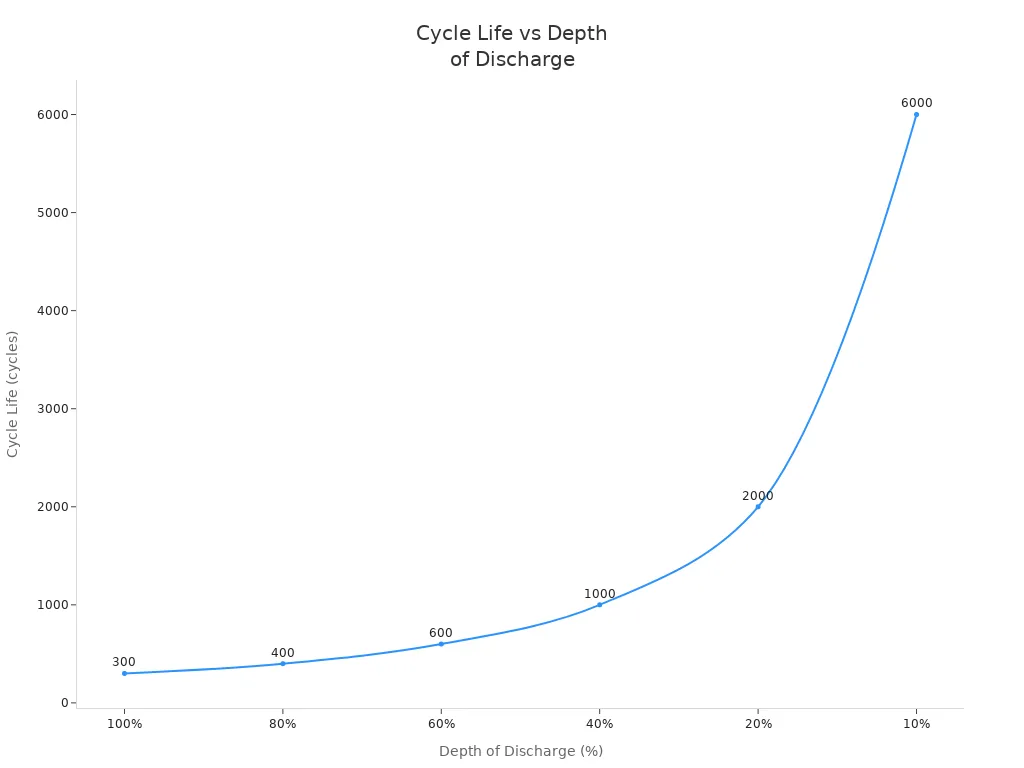
Примечание: Using battery management systems helps you avoid deep discharges and keeps your 3.7v lithium-ion battery safe.
Советы по хранению
You should store your 3.7v lithium-ion battery with care. Follow these best practices to prevent damage and keep your battery ready for use:
- Charge your battery to about 40-60% before storing it. This is the best level for long-term storage.
- Keep the battery at room temperature, between 40°F and 80°F (5°C to 27°C). Avoid hot or freezing places.
- Store the battery in a dry, well-ventilated area. Keep it away from direct sunlight and moisture.
- Place the battery upright and make sure it does not touch metal objects.
- Cover the battery terminals to prevent short circuits.
- Use a fireproof container or battery bag for extra safety.
- Check your stored batteries every 3-6 months. Recharge them to 40-60% if needed.
Тревога: Never store your 3.7v battery fully charged or fully empty. Both can cause damage and reduce battery life.
You should also avoid stacking batteries or putting heavy items on top of them. This can crush the battery and cause internal damage.
Handling & Transportation
You must follow safety precautions when handling or moving a 3.7v lithium-ion battery. Here are the best practices for safe handling and transport:
- Protect the battery terminals with non-conductive tape or covers.
- Place each battery in its own packaging to prevent contact with other batteries or metal objects.
- Do not put heavy items on top of batteries during transport.
- Keep batteries away from heat sources and direct sunlight.
- Make sure devices with batteries are turned off before shipping.
- Cover device switches to prevent them from turning on by accident.
- Pad packages to stop batteries from moving around.
- Label packages clearly if they contain lithium batteries.
Совет: Always check that your 3.7v lithium-ion battery is not damaged before you move or ship it.
You should never use a damaged or swollen 3.7v battery. If you see any signs of damage, recycle the battery safely and do not try to use it again.
By following these best practices for charging and discharging, storage, and handling, you protect your 3.7v lithium-ion battery and keep your devices safe. These steps help you avoid fire hazards and extend the life of your battery. Always use the right charger, avoid deep discharges, and store your battery in a safe place. Good habits and safety precautions make a big difference in how long your 3.7v battery lasts.
3.7 volt rechargeable batteries safety
Overcharge & Overdischarge Risks
You need to understand the dangers of overcharging and overdischarging 3.7 volt rechargeable batteries. Many people think any charger will work, but using the wrong charger or a faulty battery management system can cause serious problems. Overcharging forces too many lithium ions into the negative electrode. This can damage the battery’s structure, cause swelling, and even lead to тепловой удар. Overdischarging breaks down the protective layer inside the battery, which can also cause swelling and permanent damage.
Here are the most common causes of these risks:
- Using the wrong charger or a malfunctioning charger
- Ignoring device warnings or leaving devices plugged in too long
- Charging in hot environments
- Faulty battery management systems
You should always use a charger made for your 3.7v lithium-ion battery. Схемы защиты help prevent overcharge and overdischarge by cutting off power at safe voltage levels. Never ignore device warnings or let your 3.7v battery drain completely.
Swelling & Damage
You might notice swelling or bulging in 3.7 volt rechargeable batteries. This is a sign of damage and can be dangerous. Swelling often happens after overcharge, overdischarge, or using poor-quality batteries. You may also see cracks, leaks, or feel unusual heat during charging or use.
If you see any of these signs:
- Stop using the 3.7v lithium-ion battery right away.
- Remove the battery from your device carefully.
- Place the battery in a fireproof container.
- Contact a local recycling center for safe disposal.
Never try to repair or reuse a swollen battery. Always replace it with a new, high-quality battery from a trusted source.
Fire Hazards
3.7 volt rechargeable batteries can catch fire if mishandled. Overcharging, overheating, or physical damage can cause the battery to enter thermal runaway. This leads to a rapid rise in temperature and may release toxic gases. If you see hissing, bulging, or leaking, move the battery to a safe area.
| Fire Hazard | Что нужно делать |
|---|---|
| Термическое разрушение | Use water or a regular extinguisher for lithium-ion fires |
| Toxic gases | Ventilate the area and evacuate if needed |
| Fire spread | Store batteries with dividers to prevent cell-to-cell fire |
You should never use water on lithium-metal battery fires, but water is safe for 3.7v lithium-ion battery fires. Always store 3.7 volt rechargeable batteries in a fire-resistant container and avoid dense storage.
Common Misconceptions
- You do not need to fully discharge 3.7 volt rechargeable batteries before charging. Partial charging is better for battery life.
- Not all chargers are safe. Only use chargers made for 3.7v lithium-ion battery cells.
- Overcharging is not safe. It can cause overheating and fire.
Buying and Using Safely
You should always buy 3.7 volt rechargeable batteries from reputable sources. High-quality batteries have built-in protection circuits that guard against overcharge, overdischarge, and short circuits. These circuits keep your 3.7v lithium-ion battery safe and help it last longer. Cheap or fake batteries may lack these protections and can be dangerous.
Tip: Always check for protection circuits and buy from trusted brands to keep your 3.7v lithium-ion battery and devices safe.
You now know why understanding your 3.7v battery matters for both performance and safety. Following best practices helps you get longer life and safer use from your devices:
- Use the right charger and avoid deep discharges.
- Keep batteries cool and store them at partial charge.
- Remove any battery that shows swelling or leaks.
For more details, you can explore articles on battery chemistry, safety, and advanced battery management.
ЧАСТО ЗАДАВАЕМЫЕ ВОПРОСЫ
How long does a 3.7v battery last in daily devices?
You often ask, how long does a 3.7v battery last in your phone or headphones? Most devices run for 8 to 24 hours on one charge. The exact time depends on battery capacity and how much power your device uses.
How long does a 3.7v battery last before replacement?
You may wonder, how long does a 3.7v battery last before you need a new one. With good care, these batteries last 2 to 5 years. Charging habits and temperature affect battery life. Avoid deep discharges to make your battery last longer.
Can you use any charger for a 3.7v lithium battery?
You should only use chargers made for 3.7v lithium batteries. The wrong charger can cause overheating or damage. Always check the charger’s voltage and current ratings before use.
What should you do if your 3.7v battery swells?
If you see swelling, stop using the battery right away. Remove it from your device. Place it in a fireproof container. Recycle it at a battery center. Never try to fix or reuse a swollen battery.
How do you store a 3.7v lithium battery safely?
Store your battery at 40-60% charge in a cool, dry place. Keep it away from metal objects and direct sunlight. Use a fireproof bag for extra safety. Check the battery every few months.

